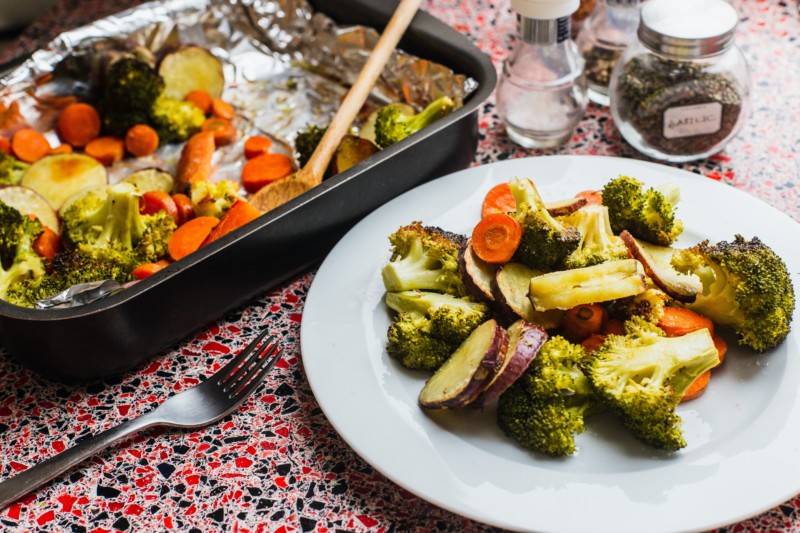The Paleo diet is based on the diet of our hunter-gatherer ancestors from the Paleolithic era. Why mimic the diet of our ancestors? Hunter-gatherers had robust health and experienced few degenerative and chronic diseases. Also, our genetics are virtually identical to those of our hunter-gatherer ancestors, according to “The Paleo Solution.” Although it has been 120,000 years, modern-day humans are designed to thrive on a diet similar to that of our ancestors. Welcome to the beginner’s guide to the Paleo diet!
The Paleo diet focuses on whole, unprocessed, nutrient-dense foods such as meats, tubers, fruits and vegetables. It also eliminates modern foods that disrupt our hunter-gatherer physiology, like refined sugars and grains.
Proponents of the Paleo diet report numerous health benefits including stable blood sugar, improved digestion, weight loss, improved sleep, decreased inflammation, decreased risk of chronic diseases, clear skin and increased energy. Common criticisms of the Paleo diet include the increased cost of whole foods, time commitment required to cook and prepare whole foods, and possible nutrient deficiencies from the elimination of grains and dairy.
Everyone’s dietary needs are different, however diets like the Paleo diet can be useful templates to build a healthful diet that is right for you.
Paleo Diet Guidelines
Foods to Enjoy
- Meat – Enjoy all meats. Choose organic, grass-fed or pasture-raised meat.
- Seafood – Enjoy all seafood. Choose wild-caught and sustainably sourced seafood.
- Eggs – Choose organic, free-range, or pastured.
- Nuts & Seeds – Enjoy all nuts except peanuts. Choose organic.
- Healthy fats and oils – Enjoy healthy fats like avocado and grass-fed butter as well as unrefined oils like coconut oil and cold-pressed olive oil.
Foods to Avoid
- Grains – Avoid ALL grains. This includes refined grains like cereals and muffins as well as whole grains like rice, quinoa, corn and oats.
- Legumes – Avoid ALL legumes. Avoid all beans as well as lentils and peanuts, which are part of the legume family.
- Dairy – Avoid ALL dairy, including cow, goat and sheep’s milk products such as cheese yogurt and sour cream. Grass-fed butter and ghee are permitted.
- Processed foods – Foods that have been processed by adding and/or subtracting substances to the original food and foods that are prepackaged should be avoided. This includes most foods found in the middle aisles of the grocery store.
- Sugars – Refined sugars (like white sugar), artificial sugars (like sucralose) and high-fructose corn syrup should be avoided.
- Unhealthy fats and refined seed oils – Trans-fats, hydrogenated and partially hydrogenated oils as well as refined seed oils, like canola oil, that are easily damaged by light and heat should be avoided.
Sample Paleo Menu
Breakfast
Scrambled eggs, mixed greens sauteed in butter and berries
Snack
Apple with almond butter
Lunch
Baked chicken thigh, baked sweet potato and zucchini noodles
Snack
Plantain chips with guacamole
Dinner
Pan-seared salmon, cauliflower mash and steamed asparagus
By Lauren Fischer
Related articles:
Learn More About Counting Macronutrients
Burning Up: The Truth About Heartburn

